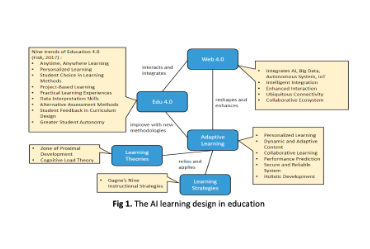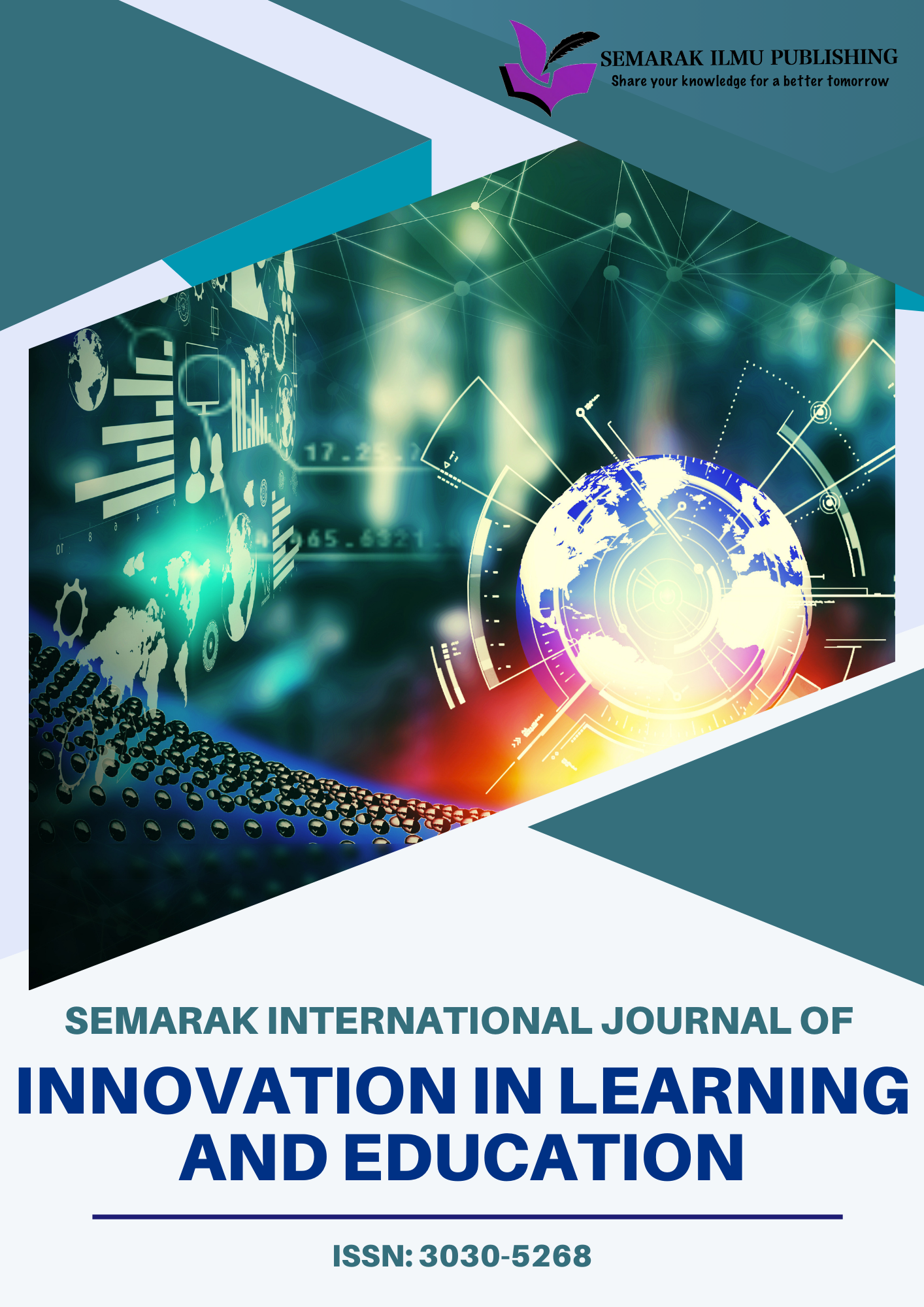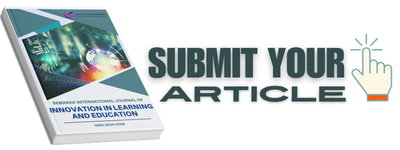Designing Future-Ready Education: Criteria for AI Learning Tool Selection and AI Learning Design
DOI:
https://doi.org/10.37934/sijile.4.1.112aKeywords:
Artificial intelligence, selection criteria, learning design, digital ageAbstract
The digital age is moving fast, and we are in the era of Artificial Intelligence. The increasing advancements in technology facilitate humans to interact more easily with computers. Edu 4.0 refers to Education 4.0, it is a process of integrating the internet with education and devising ways in which an educational system could be more student-centric and align itself according to the fourth industrial age. AI technology can assist in establishing interactive learning environments. Malaysia has rolled out its Digital Education Policy to create a digitally literate nation. However, selecting the AI learning tools is difficult given their plethora of tools. There is an increasing need to identify the selection criteria and learning design for maximizing the use of AI tools. This paper aimed to identify criteria for selecting AI tools and develop a learning design for their application in education. The study used snowball sampling to analyze eleven literature studies and develop a comprehensive framework using content analysis. The paper identified the AI tools selection criteria: 1) Personalization and Adaptability; 2) Motivation and Engagement; 3) Real Time Feedback and Data; 4) Security and Transparency; 5) User Experience and Accessibility; 6) Critical and Collaborative Thinking; and 7) Emotional and Psychological Support. A learning design was formulated and validated by experts through the Fuzzy Delphi Method (FDM) based on the criteria and aligned with the requirements of Web 4.0 and EDU 4.0 to help educators with AI tools. In conclusion, the integration of AI in education requires careful selection of AI learning tools, a solid design, and reiterative development to meet changing needs. Future research should explore AI's impact on student outcomes, teacher professional development, and ethical considerations. This will help create a digitally compliant educational system that prepares future-ready students for an interconnected digital world.














